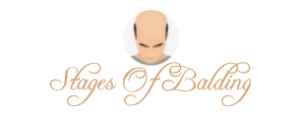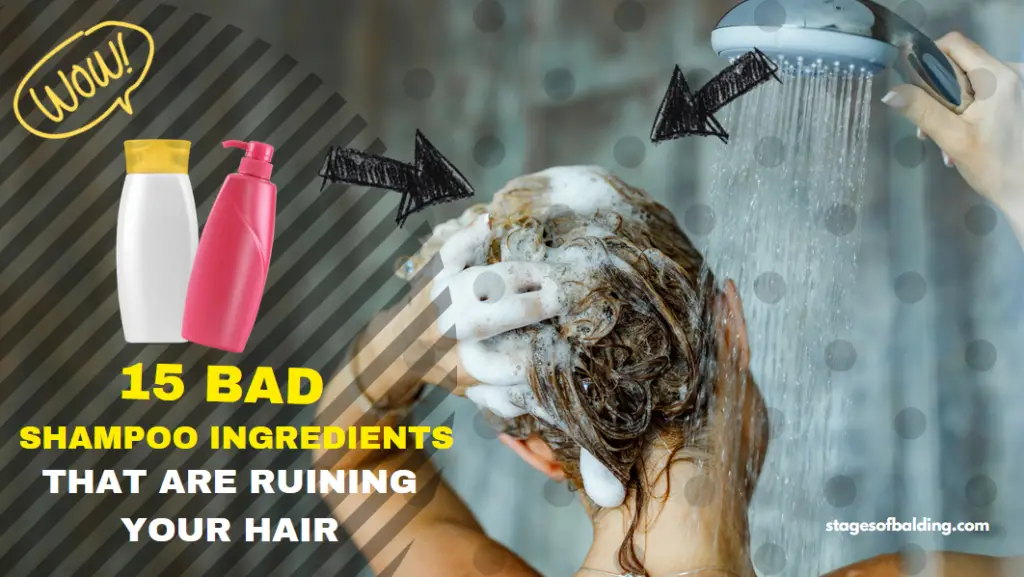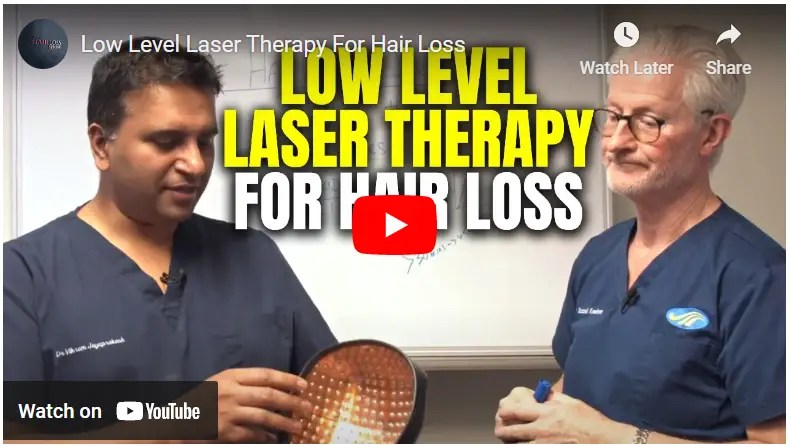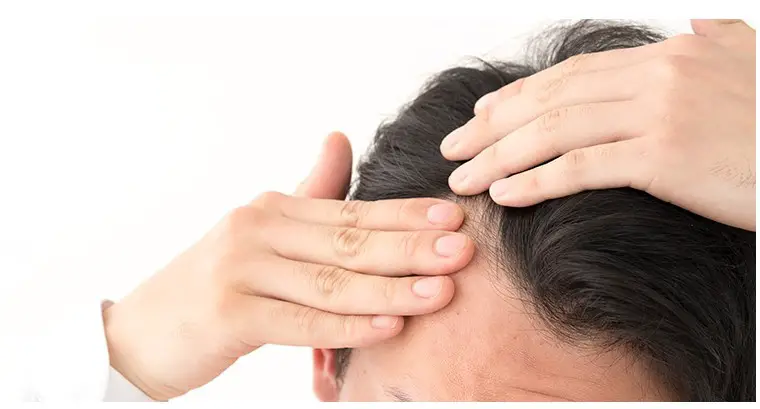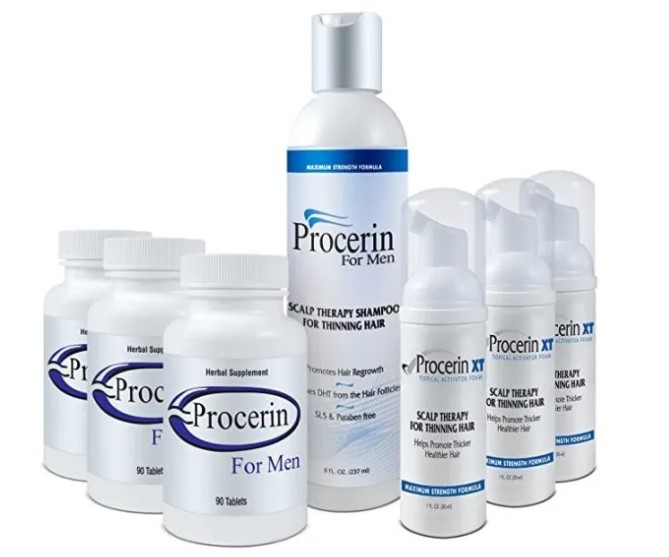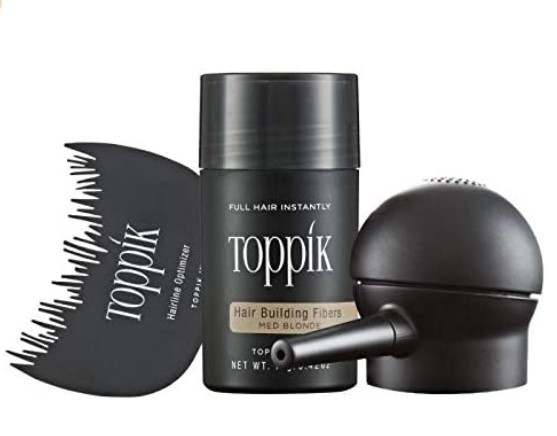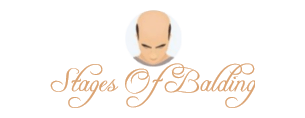Hair care shampoos and conditioners can be fantastic for your natural hair growth, and lovely fragrances make it shine and feel smooth and healthy. But some shampoos and conditioners contain harmful chemicals for your scalp and hair.
I think the food and drug administration should put in place a lawsuit for toxic and dangerous chemical ingredients in shampoos and conditioners because it is possibly even unhealthy for your entire human body, so you should avoid shampoos containing sodium lauryl sulfate at all costs. Likewise, don’t get shampooed by these 15 harmful shampoo ingredients, which are terrible for your scalp and the rest of your body.
What are the bad ingredients in shampoo?
Do you realize that shampoo may contain harmful ingredients to you as well as the environment? The most important among them are sulfates. What are sulfates exactly? And what other ingredients in shampoo that are problematic should you stay clear of?
Instead of the harmful shampoo brands to steer clear of, We’ve created an inventory of 15 commonly used and undesirable shampoo ingredient list to be aware of -and the reasons for it.
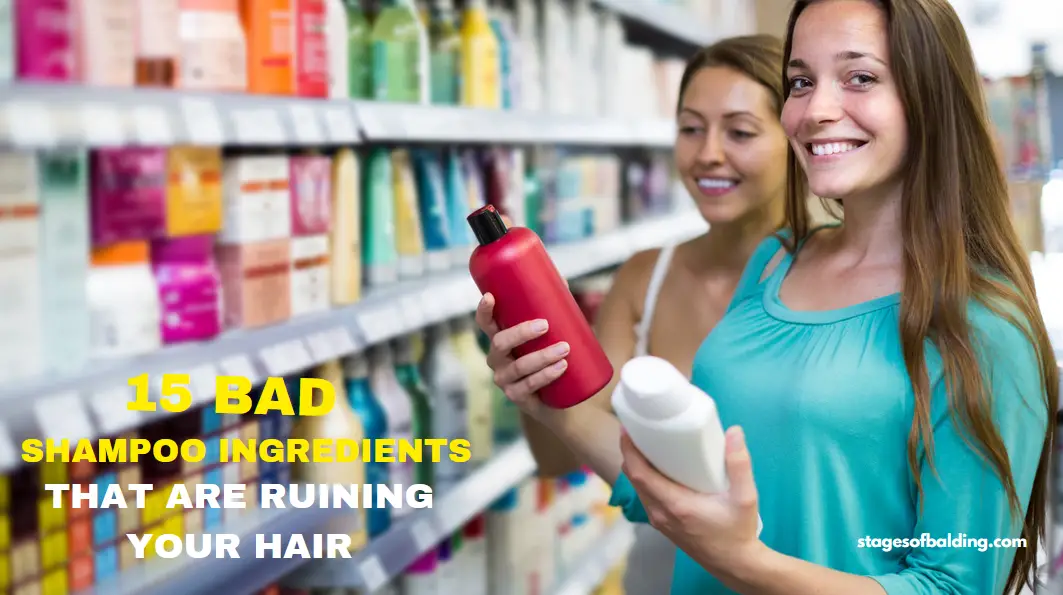
The key ingredients to avoid in shampoo are:
1. Ammonium Lauryl Sulfate or Sodium Laureth Sulfate (SLES)
Are sulfates a good thing? Sulfates are extremely strong detergents that work by the process of chemical reactions through which they are able to bind with sebum on our scalps and also with water. If you wash out your shampoo, the sulfates will take all residues and oils along with them. While cleansing, they also cause damage to hair, making it more brittle and causing frizz.
Sulfate is a frequent element in hair products. If you wash your shampoo, surfactants eat all the sebum they can with them. They are so rough that they could cause hair damage, make it hard and dry, and also cause frizz. They also can trigger allergic reactions in those with sensitive skin.
2. Sodium Lauryl Sulfate (SLS)
The sulfate makes foam that people love. However, it could cause hair loss when applied to the scalp. Additionally, it may cause various other harmful consequences for the body. Yikes! Hair dyed with color or hair that is dry should stay clear of SLS because it could cause color loss and strip your hair of natural oils.
The detergent functions in the same method as the other two above. It also creates the foam that is gathered. We all feel that we don’t get enough cleanse without the foam. However, this isn’t the situation. Sodium Laureth sulfate may have mutagenic effects as well as other negative impacts on human bodies.
3. Parabens
Parabens are considered to be dangerous. They are employed as a preservative to keep bacteria from expanding in shampoos and cosmetic products. Parabens may influence estrogen levels and are associated with the increased development of breast cancer reproductive problems.
4. Sodium Chloride
Sodium chloride is a different name for salt is a different name for. The sodium chloride present in conditioners and shampoos is mostly used to create a dense consistency. Sodium chloride Salt can cause already sensitive hair to be dry, itchy, and itchy, which could eventually lead to hair loss.
5. Polyethylene Glycols (PEG)
The PEG ingredient is an emulsifying agent that comes from petroleum, which is frequently infected with the byproducts of petroleum. There aren’t enough studies conducted to determine if PEGs in themselves are as hazardous in the same way as ingredients for shampoo. However, the common byproducts of PEGs could cause harm.
6+7. Diethanolamine (DEA) and Triethanolamine (TEA)
DEA and TEA are both foaming agents and emulsifiers that lower surface tension so that oils-soluble and water-soluble ingredients are able to mix. The year 1998 was the first time research showed a connection between the topical use of DEA with cancer in rodents. However, the impact on humans is not clear. In the meantime, European Commission has banned DEA in cosmetics.
8. Formaldehyde
Formaldehyde is a known carcinogen in humans that have found to be absorbed into the skin during animal tests. Manufacturers frequently use it directly in their products as a preservative. However, it is also released over the course of time by the chemical process of other preservatives. If you’re looking for something you should look out for, the most common ingredient in shampoos is Quaternium-15. They are also present in the chemical used for Brazilian blowouts in hair salons.
9. Alcohol
The majority of alcohols have drying effects, and the higher up the list of ingredients they are with, the more alcohol they contain. Certain drinks that are not as harmful to dry hair are those that begin with the letters “C” or an “S,” such as Cetearyl alcohol as well as Stearyl alcohol. They are able to help to keep your hair moist. The ones that can be harmful when you already suffer from dry hair and scalp will usually have the word “prop” in their names, such as Isopropyl alcohol or propanol.
10. Synthetic Fragrances
Items that say “fragrance” on their label may be laden with hidden chemicals. Certain ingredients found in perfumed cosmetics may disrupt the reproductive and immune systems, causing asthma or cancer. They also can cause irritation to the scalp and the skin and cause hair loss.
11. Synthetic Colors
The majority of products for shampoo and conditioning are colored with a chemical hue in order to appear appealing. The colors are derived from coal-tar or petroleum sources, both of which have harmful health consequences. Synthetic colors are typically governed through FD&C or D&C and are accompanied by some numbers.
12. Dimethicone
Dimethicone is one type of silicone used in many hair products. It can cause product buildup that causes hair to feel oily. Since it functions as a protective cover over the hair’s surface, it blocks the flow of moisture and nutrients, instead accumulating dirt and another residue. It could block the hair’s pores and cause irritation to the skin.
13. Cocamidopropyl Betaine
Cocamidopropyl Betaine is a further foam booster. Although it’s made of coconut oil could cause negative side effects. This surfactant is used in hair products along with dimethylaminopropylamine, which can cause skin irritation, allergies, rosacea, and eczema.
14. Triclosan
Triclosan was banned from use in soaps that contain antibacterial ingredients in 2016; however, it is still permitted in toothpaste, shampoos, and deodorants. It’s a chemical antibacterial substance that is known to cause hormonal imbalances, which could cause cancer and alter the development of fetuses, as well as other things.
15. Retinyl Palmitate
Retinyl Palmitate is an ester made of retinol that is combined with palmitic acid. It is a well-known skin irritation that can cause scaling, peeling as well as redness and itching. The adverse effects of retinyl palmitate could include reproductive and cancer-related issues and organ toxicities.
Are hair products toxic?
Almost all hair products contain toxic chemicals giving your hair immediate pleasure. It gives us a smooth, shiny and smooth look, so we tend to go with this method. Unfortunately, these short-term benefits come in the form of longer-lasting adverse effects, including cancer and hormonal imbalances. Here are some ingredients in shampoo that can cause long-term problems.
Related Post:
What ingredients are good for hair?
Image Credits: Shutterstock According to ancient ayurvedic science, certain herbs contain Kesha qualities and help with hair growth. These specific Keshya herbs in the ayurvedic shampoo and conditioner are used for removing, strengthening, and nourishing dander. The ayurvedic belief is that a person who has not met the “tridoshas” or life energy will have difficulty performing basic functioning. For a human being to remain healthy, they should have three different balanced doses. Kesha herbal blend helps with balancing doshas so that they do not affect hair growth.
You Will Also Like: best shampoos for hair loss after bariatric surgery
Harmless Shampoo Ingredients
Although there are a lot of harmful ingredients in shampoos and shampoos, many shampoos are made with organic, non-toxic, and organic components, and you can create homemade hair care products with ingredients you have in your kitchen. If you’re experiencing hair loss or unhealthy growth and you think that chemicals like those mentioned above could be the cause of blame, you should consider making the switch to a natural solution. Try taking DHT blocker supplements with plant-derived ingredients that synergize to support naturally growing hair.
- AI Powered Bald Filter Online 2024: See Yourself with No Hair! - January 19, 2024
- Harklinikken Bad Reviews 2024: Analyzing Negative Feedbacks - January 18, 2024
- How to Get the Alex Eubank Hair | Step-By-Step Tutorial 2024 - January 18, 2024
